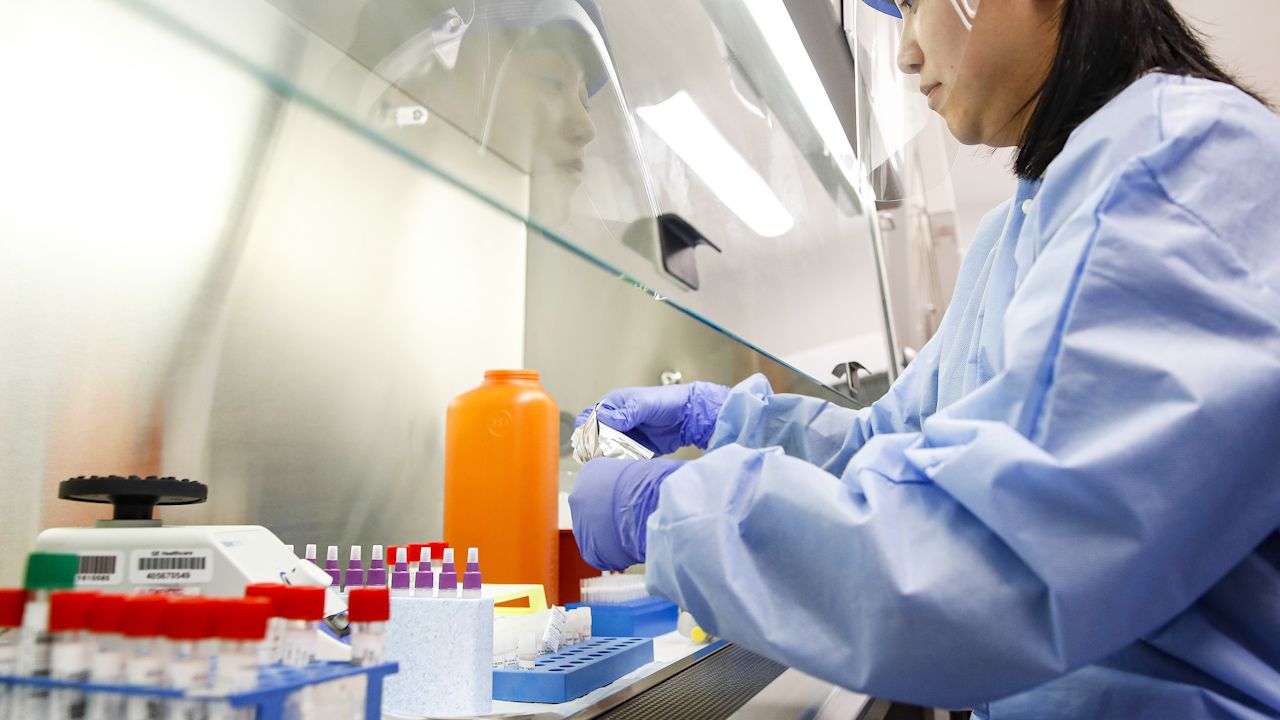Scientists around the globe are rapidly trying to gain insights into the SARS-CoV-2 virus that causes the coronavirus. Here’s some information on two new studies of note:
The first, is the largest study done on kids, focusing on 2,143 pediatric patients who either tested positive with COVID-19 or were suspected of having it. While most kids are less likely to experience severe illness with COVID-19 than adults - it doesn’t mean kids don’t fall ill to the virus. Here are some of the findings, published in the journal Pediatrics:
· Nearly 6 percent of children experienced severe or critical illness. Compare that with 18.5 percent of adults that need hospitalization.
· More than 60 percent of the kids who got really sick were five years old or younger.
· More than 10 percent of them (40 babies) were under 12 months old.
· More than a third of kids had moderate illness: pneumonia, frequent fever, dry coughs, diarrhea and low oxygen levels.
Pediatricians from Baylor College of Medicine responded to the study saying the findings highlight the need to take a closer look at how COVID19 is impacting kids. It would help the country’s health care system better prepare for those that might need care. But at this point, children aren’t being tested widely.
Another takeaway is that there should be increased vigilance around protecting the very young. Those under 12 months have immune systems that are still learning to fight viruses and lungs that are still developing.
The study also points out that COVID-19 symptoms are different in children. Of those who were symptomatic only five percent had trouble breathing or low blood oxygen levels, that’s a lot less than what is seen in adults. Some kids were found to be wheezing, but the main symptoms were fever, cough, fatigue, sore throat, runny nose and sneezing.
In the second, smaller study, published in the American Journal of Gastroenterology researchers in China enrolled 204 patients with COVID-19 from three hospitals. Nearly 50 percent of them came to the hospital complaining of digestive issues, including diarrhea, low or no appetite, vomiting and abdominal pain.
“We’re so focused on a cough and fever, but it’s possible there are people with digestive symptoms that are not being tested,” said Dr. Brennan Spiegel, an editor and chief of the journal. He cautions the study is preliminary, but says it highlights the need to expand testing criteria. Particularly because COVID-19 patients with pronounced GI symptoms had worse outcomes. “People with digestive symptoms in Wuhan, presented for care later, on average two days later, compared with those who didn’t have digestive symptoms, because they didn’t suspect they had COVID-19,” said Spiegel. The study found many of those with GI symptoms developed respiratory symptoms later.
A lot more study needs to be done on this, but Spiegel theorizes that what may be happening is the virus may be living in the saliva, when it's swallowed it goes straight into the intestinal tract causing sickness there first and then eventually spreading to the lungs.
To his colleagues in medicine he says “if you have a patient who has a known exposure to COVID-19 and has diarrhea and fever, test them for COVID-19.”



